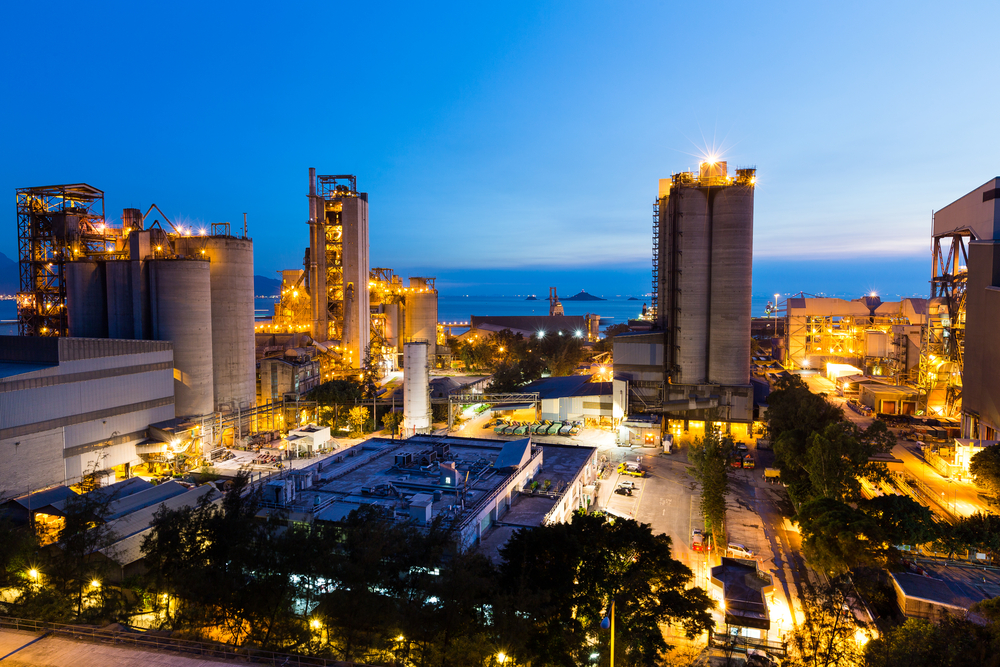Key Transformation Challenges in the Cement Industry

Cement is a traditional industry that has seen several transformations since the industrial revolution. This makes the change component more complex, and innovation is not as evident. However, thanks to new ways of doing business, it has become necessary to make changes that will transform the cement industry. This is driven mainly by the need to generate sustainable production, opening the road to technological adoption and digitalization.
These are some of the key transformation challenges that the cement industry faces:
Reduction in CO2 emissions
The cement production process is associated with high CO2 emissions. Therefore, it is necessary to take the required actions to transition to a carbon-neutral model. An example is the Roadmap of the Spanish cement industry to achieve climate neutrality by 2050, which affects 5 industries: Clinker, Cement, Concrete, Construction and Re-Carbonation. Proposals to achieve this include the use of biomass fuels, hydrogen, and electrification.
Use of clean energy in logistics
In line with the previous point and to contribute to the objective of reducing carbon emissions, sustainable alternatives are also sought for inland transport. This involves neutral internal transports (electric and/or hydrogen-powered). Beyond production, the goal is to minimize the use of non-fossil fuels.
Digital identity for traceability
Cement loses its physical identity when it becomes a by-product. It is necessary to advance its capability to identify the digital identity of cement which can ensure the traceability of the product together with its mechanical and environmental performance. This allows for adequate tracking during any stage of the chain independent from agents.
Automation and digitalization of production
The Association of Cement Manufacturers of Spain (Oficemen) and Simens raise the need for transformation in the Smart Cement Industry 4.0. Production should increase the automation and digitalization of operations, including the use of sensors, remote diagnoses, analysis of big data (including the artificial intelligence analysis of unstructured data such as images and video), equipment, virtual facilities, and intelligent control systems (based first on 'knowledge capture' and then on machine learning). This allows for system optimization and increased efficiency gains in production.
Increased information security
Digitalized production along with the inclusion of remote-operated plants while also using artificial intelligence, generates an increased vulnerability in systems and will leave the industry exposed to computer threats. This will require increased information security standards and procedures. This should be a priority for companies who want to be on a path towards self-governing factories.
Interconnectivity and information in real time
Coordination between the different members of the chain is fundamental. Suppliers, inputs, and services used in the manufacturing of cement should have a real-time connection with cement manufacturers, and thus be able to respond promptly to your requests. This will enable them to know the forecasts of consumption and even detect in a timely manner the need for the replenishment of supplies. In turn, it will provide the factory with information about the needs of its customers and will allow for production planning that is more accurate and optimized.
The cement industry faces substantial challenges in the coming years. Addressing the technological transformation can become a differentiating factor and a strategic advantage.
Softtek supports your journey in the transformation of the mining industry; contact one of our advisors by clicking here.


